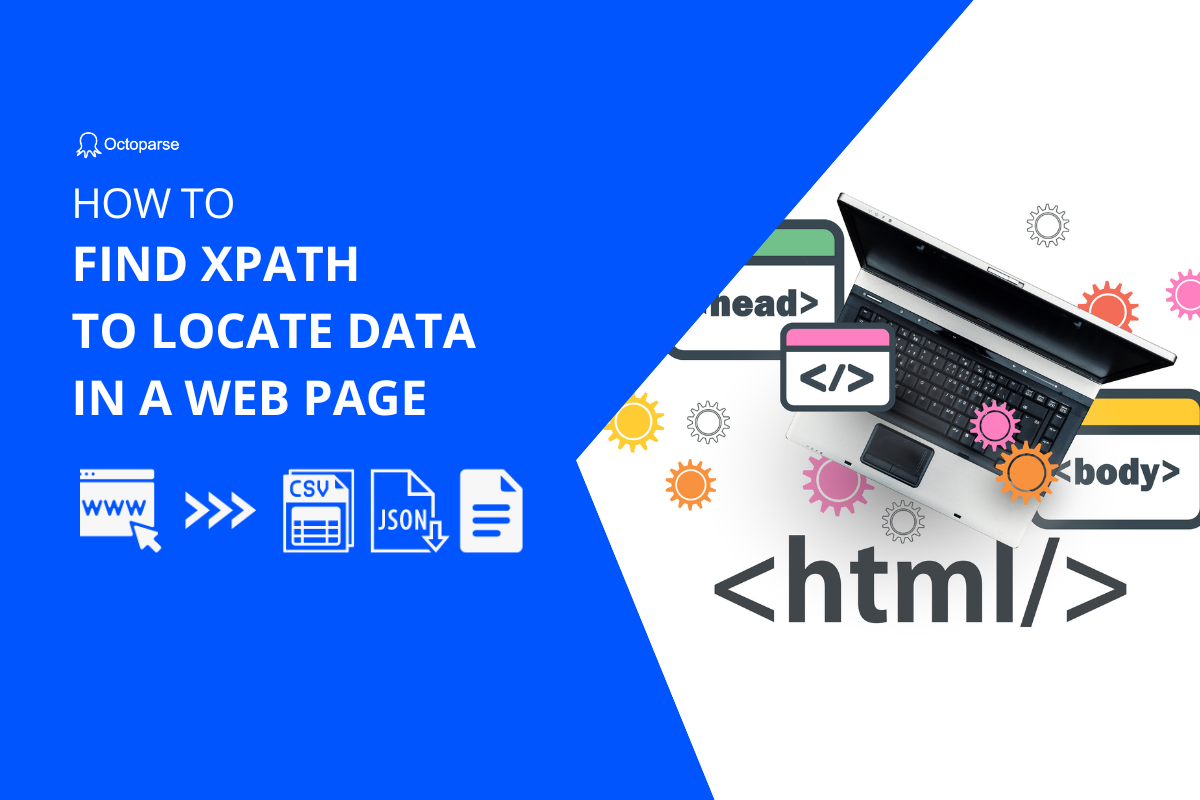
Understanding XPath: Your Gateway to Intelligent Web Scraping
Web scraping has dramatically transformed how businesses and researchers gather digital information. At the heart of this technological revolution lies XPath, a powerful query language that enables precise navigation through complex web document structures. This comprehensive guide will walk you through the intricate world of XPath, providing you with the knowledge and strategies to become a proficient web data extraction expert.
The Evolution of Web Scraping and XPath
The journey of web scraping began in the early days of the internet when manual data collection was the primary method of gathering online information. As websites became more complex and data-driven, developers needed sophisticated tools to extract meaningful content efficiently. XPath emerged as a game-changing solution, offering unprecedented precision in locating and extracting web elements.
Developed by the World Wide Web Consortium (W3C), XPath represents more than just a technical specification—it‘s a sophisticated language designed to navigate and query XML and HTML documents with remarkable accuracy. Unlike traditional parsing methods, XPath allows you to traverse document structures using a path-like syntax, making it incredibly powerful and flexible.
Technical Foundations of XPath
Decoding XPath Syntax: A Comprehensive Overview
XPath operates on the principle of document object model (DOM) traversal. Imagine the web page as a complex tree structure, with each element representing a node. XPath serves as your navigation tool, allowing you to move through this tree and pinpoint exact locations with surgical precision.
The syntax of XPath might seem intimidating at first, but it follows a logical structure that becomes intuitive with practice. Let‘s break down the fundamental components:
- Root Selection
When you start an XPath expression with a single forward slash (/), you‘re indicating that you want to start from the document‘s root node. This is known as an absolute path and provides a complete route from the document‘s beginning to your target element.
Example:
[/html/body/div/span]
- Relative Path Navigation
Relative paths, denoted by double forward slashes (//), offer more flexibility. They allow you to locate elements anywhere in the document structure without specifying the entire path.
Example:
[//div[@class=‘product-price‘]]
Advanced Selection Techniques
XPath‘s true power emerges when you combine different selection strategies. You can filter elements based on attributes, text content, position, and complex conditions.
Attribute-Based Selection
// input[@name=‘username‘]
// div[@data-testid=‘search-container‘]These expressions demonstrate how you can select elements based on specific attributes, providing granular control over element identification.
Text and Conditional Selection
// button[contains(text(), ‘Submit‘)]
// tr[position() <= 5]By incorporating functions like contains() and position(), you can create highly sophisticated selection criteria that adapt to dynamic web page structures.
Practical Implementation Strategies
Cross-Language XPath Integration
One of XPath‘s greatest strengths is its versatility across programming environments. Let‘s explore implementation techniques in multiple languages:
Python with lxml
from lxml import html
tree = html.fromstring(page_content)
prices = tree.xpath(‘//div[@class="product-price"]/text()‘)JavaScript DOM Traversal
const elements = document.evaluate(
‘//div[@class="product-list"]/div‘,
document,
null,
XPathResult.UNORDERED_NODE_SNAPSHOT_TYPE,
null
);Performance Optimization Techniques
Efficient XPath usage requires more than just knowing the syntax. Consider these advanced strategies:
Selector Specificity: Always aim for the most precise selector possible. Overly broad expressions can significantly slow down parsing.
Caching Mechanisms: Implement result caching to reduce redundant traversals, especially when scraping complex, multi-page websites.
Parallel Processing: For large-scale scraping projects, consider distributing XPath queries across multiple threads or processes.
Navigating Challenges in Web Scraping
Handling Dynamic Content
Modern web applications frequently use JavaScript to dynamically load content, which can complicate traditional scraping approaches. XPath provides several strategies to address these challenges:
- Implement waiting mechanisms to allow content to load
- Use headless browsers like Puppeteer or Selenium
- Develop robust retry logic for inconsistent page structures
Browser Compatibility Considerations
While XPath is standardized, implementation varies across browsers. Always test your selectors across multiple platforms and consider using abstraction libraries that normalize these differences.
Ethical Considerations in Web Scraping
Responsible web scraping goes beyond technical proficiency. Consider these ethical guidelines:
- Respect Website Policies: Always review robots.txt and terms of service
- Rate Limiting: Implement reasonable request intervals
- Data Privacy: Anonymize and protect collected information
- Attribution: Provide proper credit when using scraped data
Future Trends in Web Data Extraction
The landscape of web scraping continues to evolve rapidly. Emerging trends include:
- Machine learning-enhanced XPath generation
- AI-powered content understanding
- Cloud-based distributed scraping infrastructures
- Enhanced privacy and ethical scraping frameworks
Conclusion: Mastering the Art of Web Data Extraction
XPath represents more than a technical skill—it‘s a strategic approach to understanding and extracting digital information. By mastering its nuanced techniques, you transform raw web data into actionable insights.
Your journey into web scraping is just beginning. Embrace continuous learning, stay curious, and remember that every complex web page is an opportunity to apply your growing expertise.










